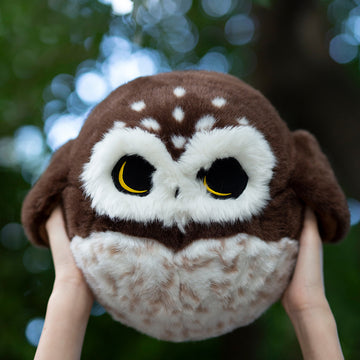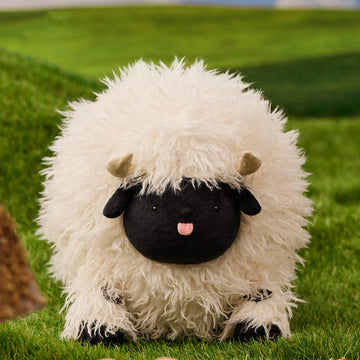What is Pallas' Cat? Facts About the Pallas' Cat

The Pallas's cat (Otocolobus manul), also known as the manul, is a small wild cat with long and dense light grey fur. Its rounded ears are set low on the sides of the head. Its head-and-body length ranges from 46 to 65 cm (18 to 26 in) with a 21 to 31 cm (8.3 to 12.2 in) long bushy tail.The Pallas's cat was first described in 1776 by Peter Simon Pallas, who observed it in the vicinity of Lake Baikal.So it was named for the naturalist Peter Simon Pallas.
The Pallas's cat Inhabits desert, desert, steppe or Gobi areas, can adapt to cold, barren environments, often inhabiting alone in rock crevices or using groundhog caves, with curved access roads, more than 2 meters deep. Nocturnal, mostly starting to move and hunt at dusk. They have a well-developed sense of sight and hearing, and when in danger, they quickly flee or hide in temporary earth holes. The long hair and fleece on the abdomen have good warmth, which is conducive to prolonged lying on frozen land or snow, waiting for hunting opportunities. The call is similar to that of a domestic cat, but it is rougher. It mainly feeds on rodents, but also eats hares, rabbits and sage grouse. It is distributed in the central belt of Asia eastward to Siberia.
The IUCN 2020 estimate of approximately 58,000 mature Pallas's Cats worldwide is based on the assumption of a global density of 4 Pallas's Cats/km2 in suitable distribution areas, and this density estimate is derived from detailed field surveys in central Mongolia. Densities of Pallas's Cat can also be high in areas of high prey density, such as the Daur Steppe on the border between eastern Mongolia and Russia.
Pallas's Cats are very difficult to keep in captivity. Pallas's Cats live in dry alpine grasslands, so they are defenseless against parasites such as Toxoplasma gondii, which are only found in humid areas at low altitudes. Therefore, when kept in captivity, they can be easily infected by Toxoplasma gondii. Like other felines, adult Pallas's Cats rarely have clinical reactions to Toxoplasma gondii; however, unlike other felines, pregnant females have no maternal immune response to Toxoplasma gondii, resulting in the death of a large number of newborns infected with Toxoplasma
Note: Pallas' cats, while adorable to look at, should not be kept as pets. Not only is it difficult for them to survive at low altitudes, but they are truly wild animals. A Pallas' cat kept as a pet would be truly miserable, and would probably make you miserable, too.
If you would like to own a Pallas's Cat, you can order our Pallas's Cat Plush as a replacement. Our plush Pallas's cat are so soft, cute and cuddly that we can hardly stand it!
Check more details: Pallas's Cat Plush







